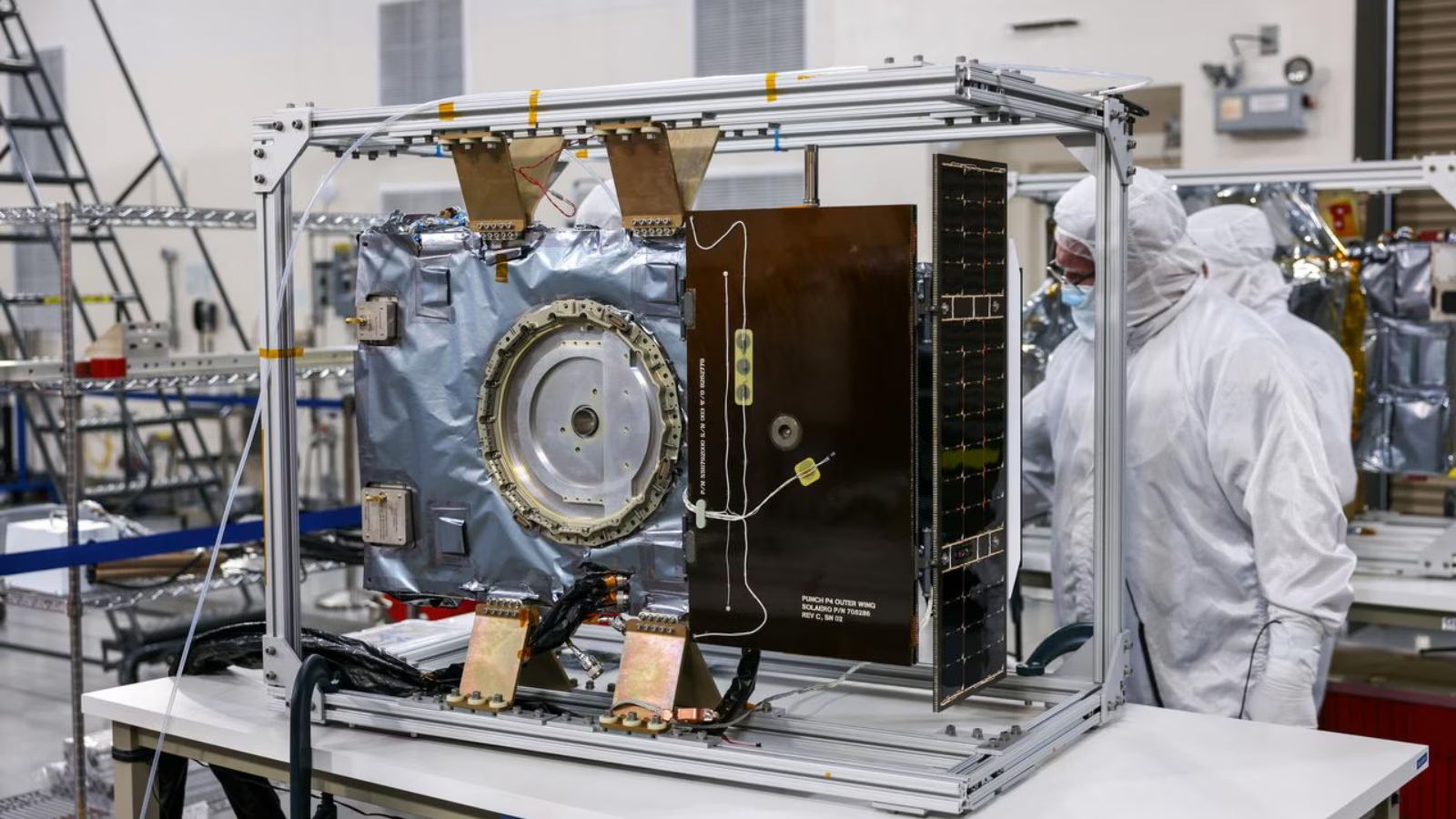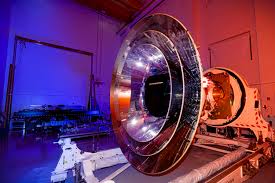- Courses
- GS Full Course 1 Year
- GS Full Course 2 Year
- GS Full Course 3 Year
- GS Full Course Till Selection
- CSAT
- 5 LAYERED ARJUNA Mentorship
- Public Administration Optional
- Online Program
- GS Recorded Course
- NCERT Batch
- Polity Module Course
- Geography Module Course
- Economy Module Course
- AMAC Module Course
- Modern India, Post Independence & World History Module Course
- Environment Module Course
- Governance Module Course
- Science & Tech. Module Course
- International Relations and Internal Security Module Course
- Disaster Management Module Course
- Ethics Module Course
- Essay Module Course
- Current Affairs Module Course
- ABOUT US
- OUR TOPPERS
- TEST SERIES
- FREE STUDY MATERIAL
- VIDEOS
- CONTACT US
C-DOT and Sterlite Technologies Ltd. Test India's First Quantum Key Distribution Over Multi-Core Fibre
C-DOT and Sterlite Technologies Ltd. Test India's First Quantum Key Distribution Over Multi-Core Fibre
19-04-2025

Multi-Core Fibre (MCF) technology enables data transmission across multiple cores within a single fibre, saving physical space and reducing infrastructure costs.
About Quantum Key Distribution (QKD)
- Definition: QKD is a secure method for exchanging encryption keys that are known only to the shared parties involved.
- Working Principle: QKD leverages quantum mechanics to generate and distribute cryptographic keys using specialized technology.
- Transmission Process: QKD works by transmitting light particles, or photons, through fiber optic cables between two parties.
- Each photon has a random quantum state.
- Collectively, these photons form a stream of ones and zeros, referred to as qubits.
Types of Quantum Key Distribution (QKD)
- Entanglement-Based Protocols: This method generates pairs of entangled quantum states, where each party receives one photon from the pair.
- Prepare-and-Measure Protocols: In this approach, the sender prepares a quantum state (often as a superposition of light polarization states) and sends it to the receiver, who then measures the quantum state.
Benefits of QKD
- Eavesdropping Detection: QKD can detect and prevent eavesdropping attacks, ensuring secure communication.
- Security: It offers an extremely high level of security by relying on the laws of quantum mechanics.
Limitations of QKD
- Infrastructure Costs: Implementing QKD increases infrastructure expenses.
- Specialized Equipment: The technology requires specialized hardware, making integration with existing networks more challenging.
- Potential Risks: There are risks such as denial of service and other technical challenges in system deployment.
|
Also Read |
|
| NCERT Books For UPSC | |
| UPSC Monthly Magazine | Best IAS Coaching in Delhi |




